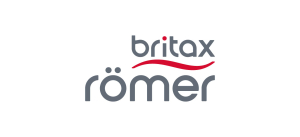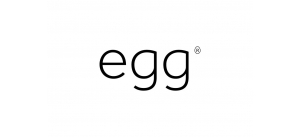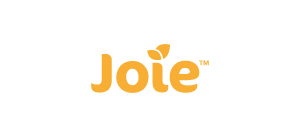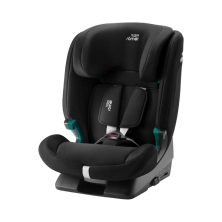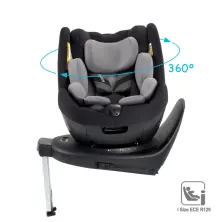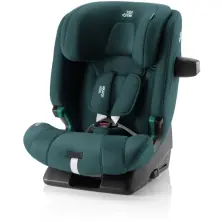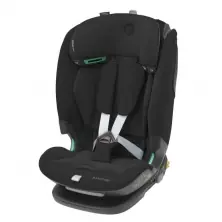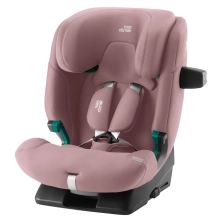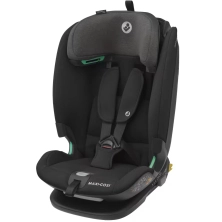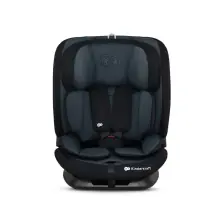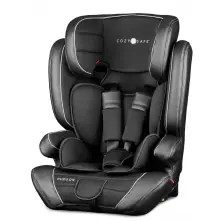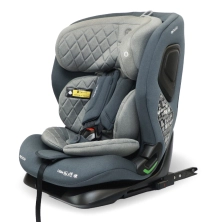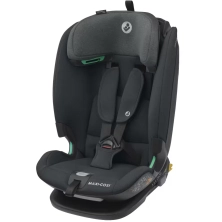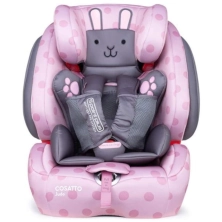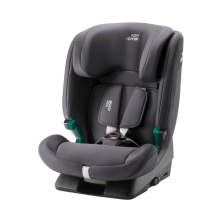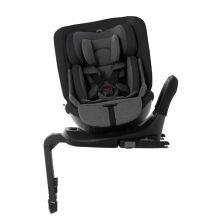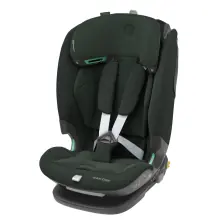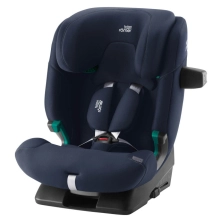No products
- Showroom Appointments Book Now
- Free Delivery
- Lowest Prices Checked Daily
- Over 1 Million Customers Served
Buying a new car seat for each phase of your little one’s growth can be pricey – but lucky for you group 1/2/3 (multi-stage) car seats save the day. Car seats in this group are forward facing, and are suitable for children weighing between 9kg to 36kg, or are 135cm tall (approx. 9 months to 12 years old). Don’t forget though – many combination seats have a ISOFIX fitting to a vehicle, so before you buy, make sure it’s been approved by the manufacturer for use in your car.
At the start of your teeny tot’s life, you can buckle them in with a five-point safety harness. And as they grow up, these carriers are designed to convert into a high-backed booster seat. At this stage, the harness can be removed to create a group 2/3 seat, and your not so little one can be fastened in with a grown-up seatbelt!
If you need more clarification on the laws surrounding child car seats, we’ve created a handy guide which explains all the car seat regulations you need to know.

Frequently Asked Questions
How Can Car Seats Safely Accommodate Children Aged Between 9m - 11yrs?
Car seats are essential safety accessories with a duty of care to keep children safe while travelling. These important products often needed to be swapped out frequently to reflect children's rapid growth stages. This is no longer a concern when selecting a 9m - 11yrs car seat as the product is designed to move and adjust as the child develops.
These car seats are fully adjustable, allowing different sizing needs to be accommodated. From lifting the headrest as a child gets taller to widening the harness for widening bodies, all aspects of these seats can be modified.
What Are the Benefits of Choosing Car Seats for 9m - 11yrs?
Purchasing the right accessories for a child can cost a pretty penny, so these seats are a brilliant investment. Instead of changing the car seat as a child moves through each of the four groups of sizes and heights, you can simply adjust the existing model to meet their needs.
Another benefit is that these seats are designed to be ergonomic and lightweight, making them easy to remove and install. This is particularly helpful when transporting younger children to and from a vehicle or when moving a car seat for an older child between cars.
Additionally, children are more likely to be relaxed during travel as they will be 100% used to their car seat. Finally, choosing a 9m - 11 yrs car seat can enhance safety. This is because the product is designed to be easily adjusted, meaning you can pay closer attention to your child's needs. By making minor changes with every growth, seats can be guaranteed to fit correctly, resulting in reliable protection.
How Can I Check That My 9m - 11yrs Car Seat Is in the Correct Position?
By paying close attention to features such as the position of the shoulder rests, ensuring that the headrest is cushioning the back of the head and that the harness covers the body correctly, you can check if the car seat's current position is ideal for your child.
What Are the Laws Relating to Children Travelling in 9m - 11yrs Car Seats?
Children up to 15 months of age should be rear-facing. Once over this age, it’s up to the parent to decide on their preference by positioning. Further laws state that car seats must only be used in the back of the vehicle and that all UK seats must comply with European testing laws. This information will be readily available when shopping for a car seat, but you can also look for the ‘E’ marking on the product to ensure it’s officially recognised. Any seats without this marking are not legal in the UK.
Do 9m - 11yrs Car Seats Offer Both Rear and Forward-Facing Positions?
Yes, they do! As previously mentioned, rear-facing installation is legal until a child reaches 15 months. However, it is recommended as the safest way to travel for all ages of children. The versatility of these car seats means they can be properly installed in both positions.



